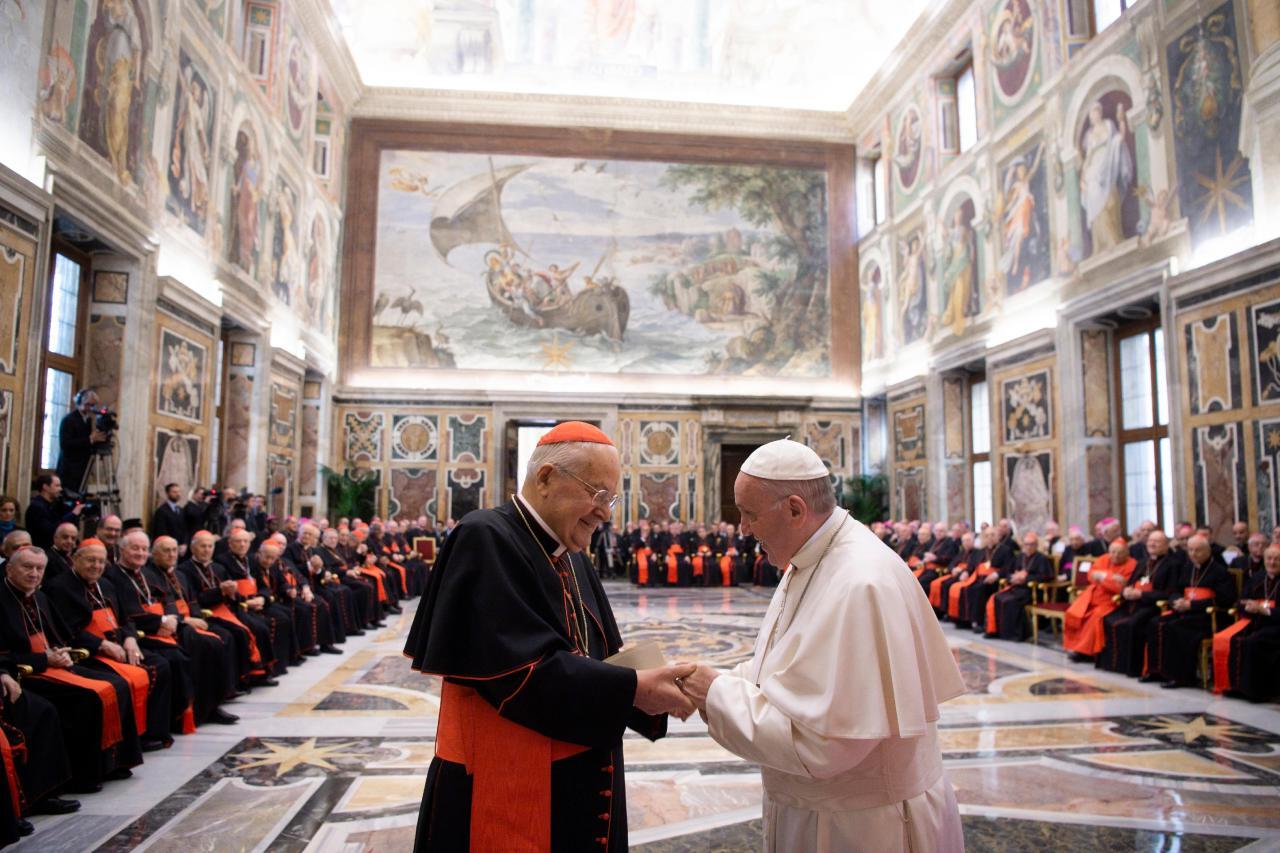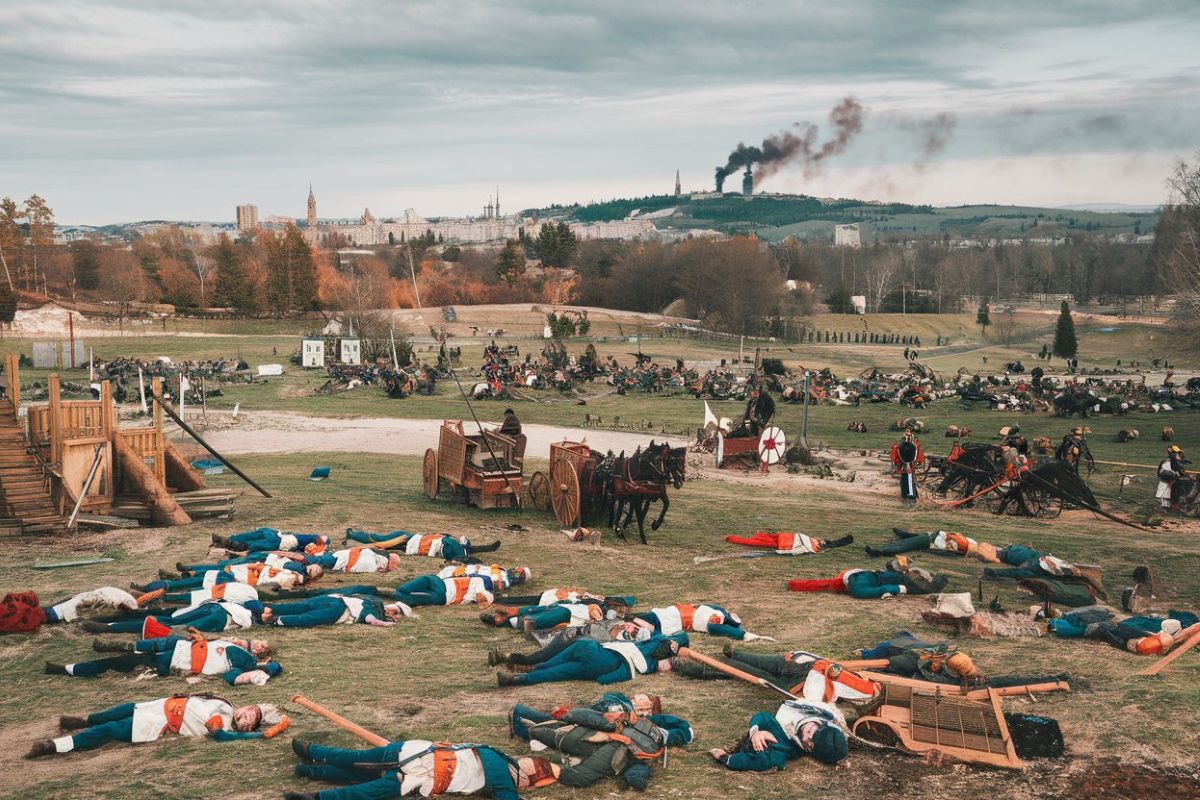
What is the Roman Curia? The Roman Curia is the central governing body of the Catholic Church, assisting the Pope in his mission to lead the global Catholic community. Think of it as the Pope's cabinet, filled with various departments and officials who handle everything from doctrine to finances. The Curia's roots trace back to ancient Rome, evolving over centuries to become the intricate institution it is today. Its structure includes congregations, tribunals, and pontifical councils, each with specific roles. Understanding the Roman Curia offers a glimpse into how the Catholic Church operates on a global scale, maintaining unity and addressing contemporary issues.
What is the Roman Curia?
The Roman Curia is the administrative apparatus of the Holy See. It assists the Pope in governing the Catholic Church. Let's dive into some intriguing facts about this ancient institution.
- The Roman Curia dates back to the 11th century, evolving over time to meet the needs of the Church.
- It consists of various departments, including congregations, tribunals, and pontifical councils.
- The Curia's primary function is to help the Pope in his pastoral and administrative duties.
- The term "Curia" comes from the Latin word "curia," meaning "court" or "assembly."
- The Curia's headquarters are in Vatican City, the smallest independent state in the world.
Key Departments of the Roman Curia
The Roman Curia is divided into several key departments, each with its own specific role. These departments ensure the smooth operation of the Church's global activities.
- The Secretariat of State is the oldest and most important department, handling diplomatic and political affairs.
- The Congregation for the Doctrine of the Faith oversees matters of doctrine and ensures the Church's teachings remain pure.
- The Congregation for Bishops is responsible for the selection and appointment of bishops worldwide.
- The Congregation for the Evangelization of Peoples focuses on missionary work and spreading the Catholic faith.
- The Apostolic Penitentiary deals with issues related to the forgiveness of sins and indulgences.
The Role of the Pope in the Roman Curia
The Pope plays a central role in the functioning of the Roman Curia. His decisions and directives shape the Curia's activities and priorities.
- The Pope appoints the heads of the various departments within the Curia.
- He holds regular meetings with Curia officials to discuss important matters and provide guidance.
- The Pope can reform or reorganize the Curia to better serve the needs of the Church.
- Pope Francis has introduced significant changes to the Curia, emphasizing transparency and accountability.
- The Pope's authority within the Curia is absolute, reflecting his role as the supreme leader of the Catholic Church.
Historical Changes in the Roman Curia
Over the centuries, the Roman Curia has undergone numerous changes to adapt to the evolving needs of the Church and the world.
- The Council of Trent (1545-1563) led to significant reforms in the Curia, strengthening its structure and efficiency.
- Pope Pius X reorganized the Curia in 1908, creating new departments and streamlining its operations.
- The Second Vatican Council (1962-1965) brought further changes, promoting greater collegiality and collaboration.
- Pope John Paul II issued the Apostolic Constitution "Pastor Bonus" in 1988, updating the Curia's structure and functions.
- Recent reforms by Pope Francis aim to make the Curia more inclusive and responsive to contemporary challenges.
Interesting Facts About the Roman Curia
Beyond its administrative functions, the Roman Curia has many fascinating aspects that highlight its unique role in the Catholic Church.
- The Curia employs a diverse staff, including clergy, religious, and laypeople from around the world.
- Latin remains the official language of the Curia, though many documents are also produced in other languages.
- The Curia's work extends beyond religious matters, involving diplomacy, education, and social justice initiatives.
- The Curia has its own legal system, known as Canon Law, which governs the Church's internal affairs.
- The Roman Curia's influence extends to every corner of the globe, reflecting the universal nature of the Catholic Church.
Final Thoughts on Roman Curia
The Roman Curia isn't just a relic of the past; it's a living, breathing part of the Catholic Church. From its ancient roots to its modern-day functions, the Curia plays a crucial role in guiding the Church's global mission. Understanding its structure, history, and influence helps us appreciate its significance. Whether it's the Congregation for the Doctrine of the Faith or the Apostolic Penitentiary, each office has a unique role. The Curia's evolution over centuries shows its adaptability and enduring importance. So next time you hear about the Vatican, remember the intricate system working behind the scenes. The Roman Curia is a testament to the Church's rich history and its ongoing journey.
Was this page helpful?
Our commitment to delivering trustworthy and engaging content is at the heart of what we do. Each fact on our site is contributed by real users like you, bringing a wealth of diverse insights and information. To ensure the highest standards of accuracy and reliability, our dedicated editors meticulously review each submission. This process guarantees that the facts we share are not only fascinating but also credible. Trust in our commitment to quality and authenticity as you explore and learn with us.


